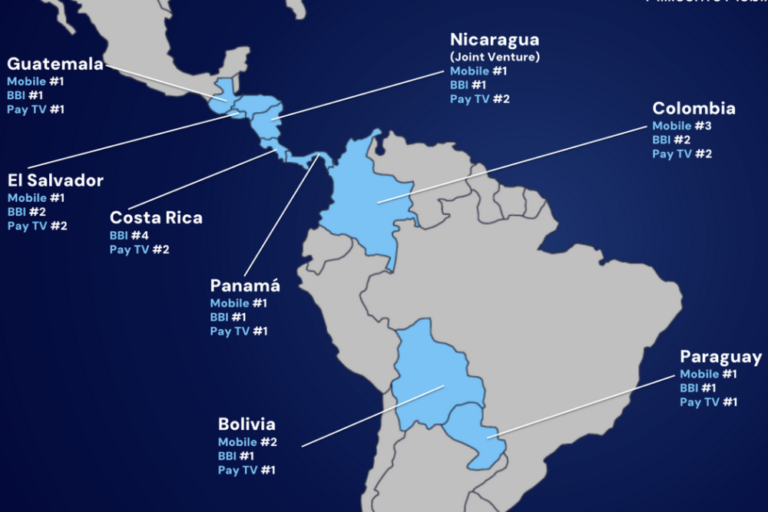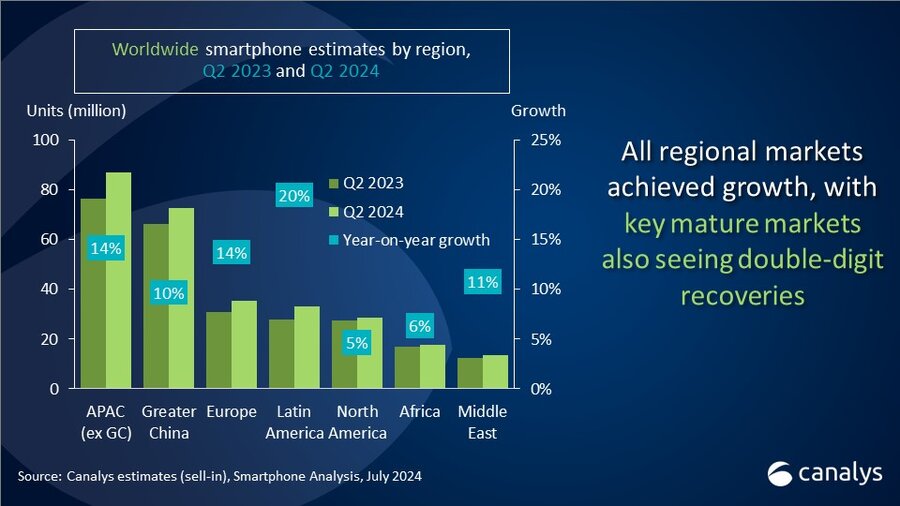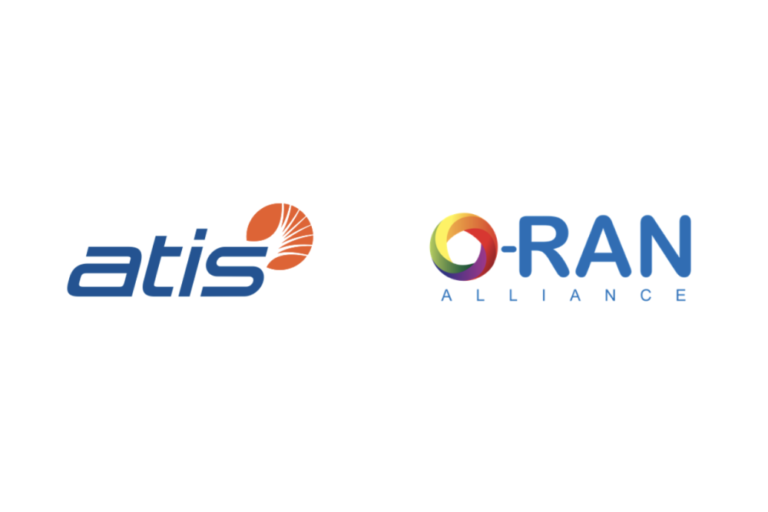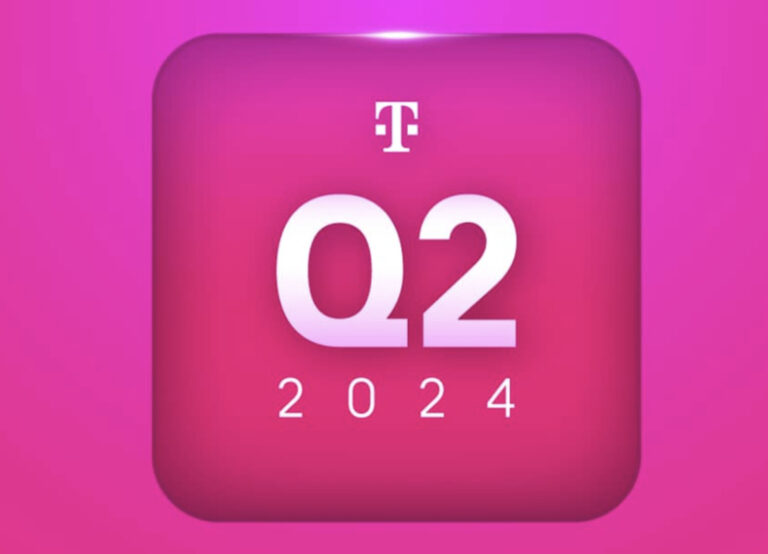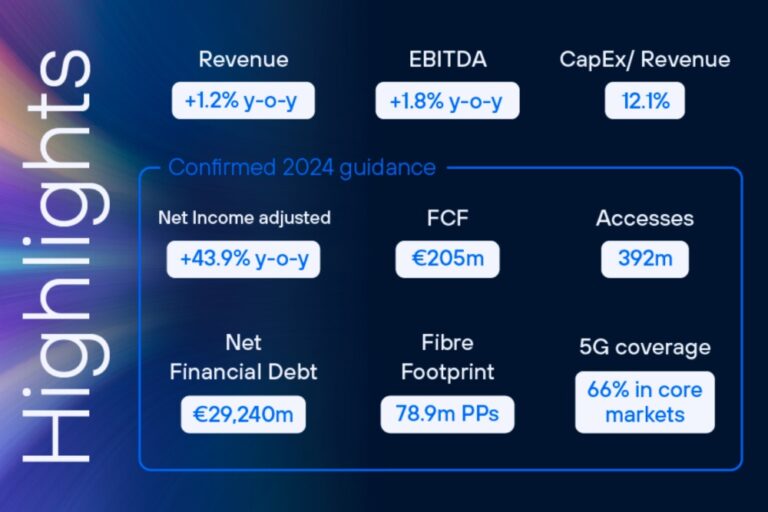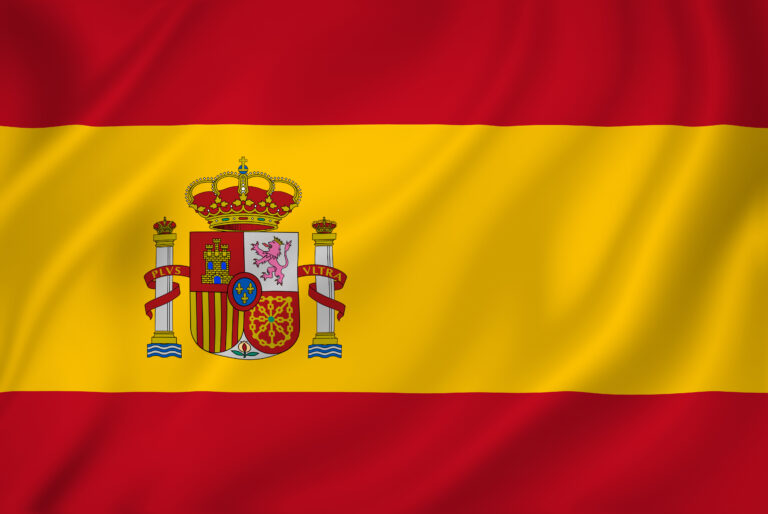Last month the Latin American group rejected his $4.1bn bid and since then has entered into potential deals in Colombia and Costa Rica
French telecoms billionaire, Xavier Niel, has increased his offer for Millicom to about $4.4 billion. His previous offer of $4.1 billion was rejected last month. It was made through his investment vehicle Atlas Investissement which already holds a 29% stake in Millicom which has operating companies in the Caribbean and Latin America.
In between Niel’s two bids, Millicom has been busy.
Acquisitions in Colombia?
At the end of July, Millicom entered into a non-binding agreement to acquire Telefónica Colombia’s 67.5% stake in the incumbent fixed and mobile operator Coltel for $400 million. Operating under the brand name TigoUNE in Colombia, it has also to bid for the government’s holding and those of other minor stakeholders at the same price. Millicom is also working towards gaining full control of its own Colombian operation.
Telefónica Colombia’s is the country’s second largest mobile operator with 25% market share, about half that of leader Claro, which is part of America Movil.
According to sources, this means that Millicom is looking to spend about $1 billion, funded by a combo of cash and debt, to strengthen its presence in the Colombian market. This also plays to Telefónica’s long-term strategy announced at the end of 2019. The group is looking to extricate itself from Latin America, apart from Brazil which is one of its key four markets, along with Spain, Germany and the UK.
All change in Costa Rica
Then, on the first day of August, Millicom announced it is to merge its opco in Costa Rica with that of Liberty Latin America’s. It will be all-stock transaction, after which Liberty and a minority stakeholding partner will retain 86% of the Costa Rican combined enterprise and Millicom the remaining of 14%. The exact details of ownership will be announced once the deal is complete, apparently.
Mauricio Ramos, Chair of Millicom, explained the rationale in a statement: “Our combined operations would significantly benefit the telecommunications sector by enhancing fibre network investment to help accelerate Costa Rica’s technological evolution in a highly competitive market.
“This merger is expected to generate new efficiencies and improve commercial offerings, providing customers with access to mobile services and premium content. It creates a stronger, more competitive entity with high investment capacity to meet the accelerated technological changes, network expansion, and service improvements, ensuring that long-term market conditions remain competitive while maintaining high-quality and valuable services for our customers in Costa Rica.”
The transaction is subject to the usual closing conditions, including regulatory approvals. The parties say they expect it to complete in the second half of 2025.
What now for Niel?
So where does this leave Niel? At the time of writing, Millicom’s share price stood at $25.93, up from $16.40 a year ago. On 2 August Millicom (Tigo) announced its Q2 figures which showed at 4.7% rise in revenues and net profit of $78 million.
Millicom’s new CEO, Marcelo Benitez, said about the earnings, “Millicom has an important transformation aimed at significantly increasing the company’s equity free cash flow. These efforts began to pay off in Q2, with EBITDA [earnings before interest, taxes, depreciation, and amortisation] up almost 20% organically, EFCF [equity free cash flow] of 268 million and leverage significantly down to 2.77x, putting the company on track to achieve its 2024 targets.
“Meanwhile, we are streamlining our product offerings and internal processes, which is enhancing productivity and generating cost beyond savings beyond the initial targets of the efficiency project Everest, we are prioritizing ARPU growth in Mobile, reducing churn in Home, and accelerating growth in B2B.
“We are also making return-focused investments to sustain our market leadership and drive driving growth in the second half of 2024. All these actions are designed to ensure continued EFCF growth in 2025 and beyond, in line with our long-term plan.”
Millicom has until 16 August to decide whether it will accept the offer. Right now it feels like he’s a couple of steps to slow to catch Millicom’s rising star.


